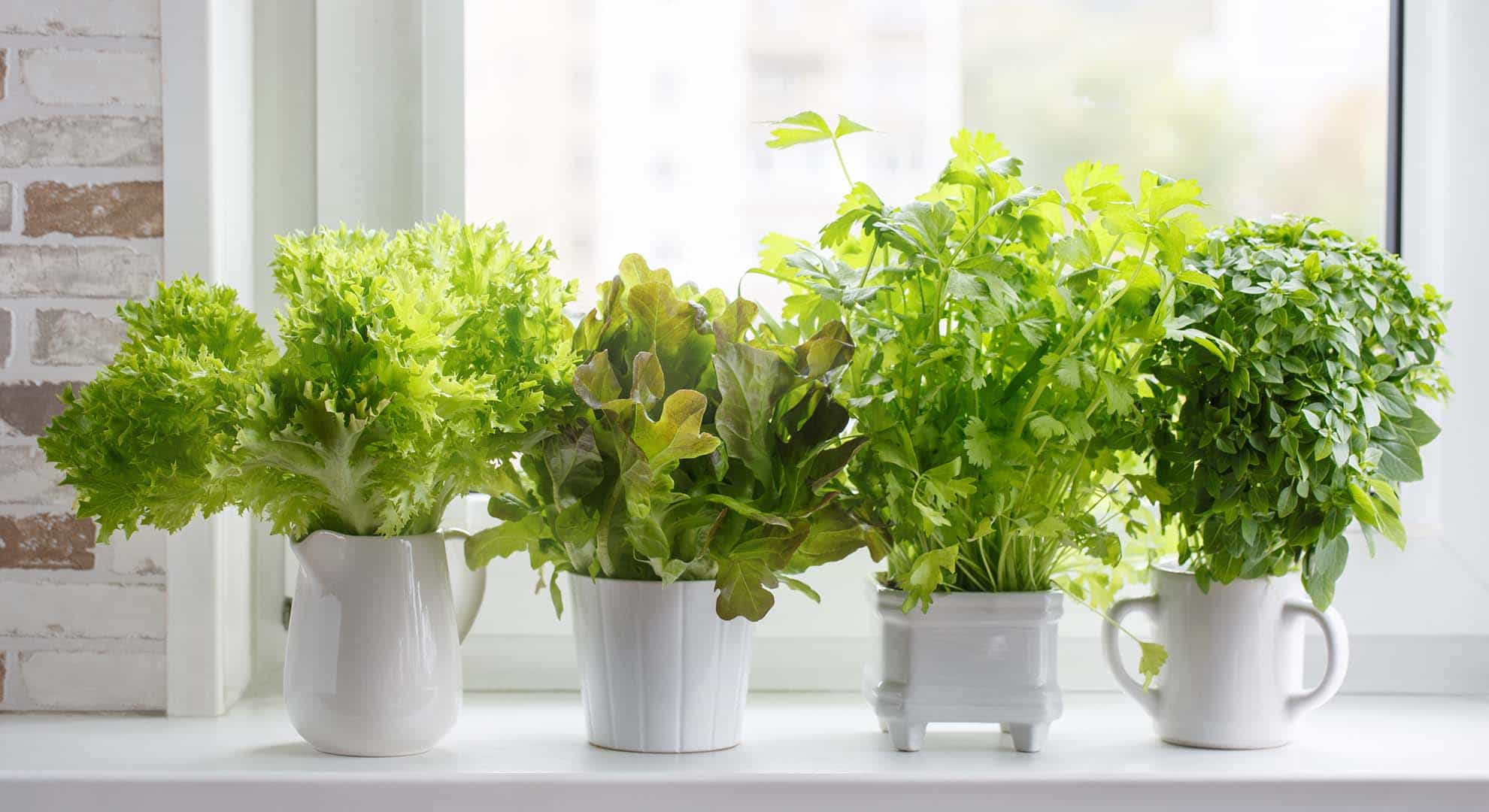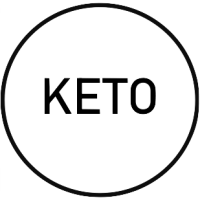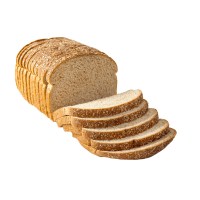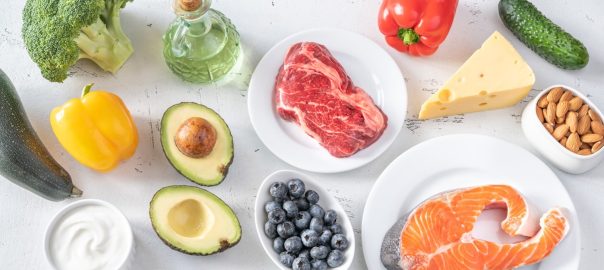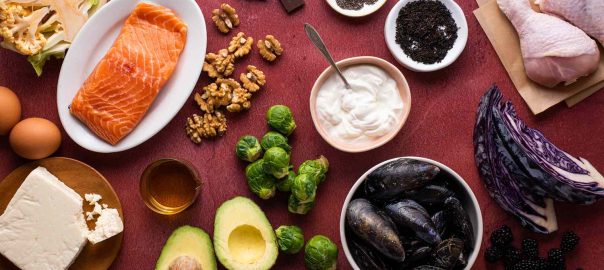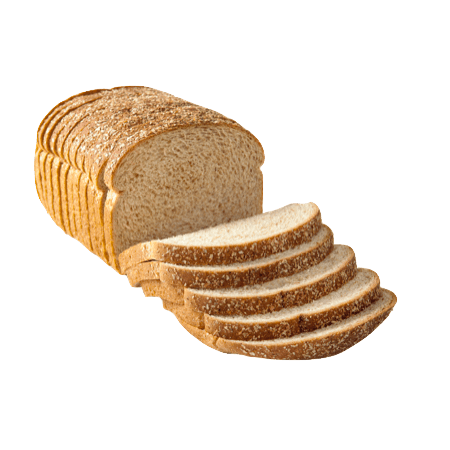Low Carb Gardening
Growing Your Own Keto Veggies
Maintaining a low carb or keto lifestyle often means being mindful of every ingredient that goes into your meals. While grocery shopping or online ordering ensures access to high-quality, low carb products, there’s something uniquely rewarding about growing your own food. Whether you have a backyard, a balcony, or just a sunny windowsill, you can enjoy the benefits of low carb gardening.
Below, we’ll walk you through the basics of starting a small-space garden that yields delicious, keto-friendly vegetables and herbs. From the easiest crops for beginners to the practical benefits of homegrown produce, you’ll learn how to enrich your diet, and your lifestyle, through the simple joy of gardening.
Why Grow Your Own Low Carb Veggies?
Growing your own food isn’t just a trendy hobby, it’s a smart, satisfying, and health-conscious choice, especially for those following low carb, keto, or whole food diets.
Here are some compelling reasons to get your hands dirty and start planting:
- Complete Control Over What You Eat
When you grow your own produce, you decide what goes into the soil. That means no pesticides, preservatives, or wax coatings. Just fresh, nutrient-dense food.
- Better Taste and Freshness
Fresh-picked veggies and herbs have superior flavour and texture compared to store-bought alternatives. That burst of homegrown basil or crisp lettuce straight from your balcony garden can completely elevate your meals.
- Supports Your Macros and Meal Planning
By growing your own keto-approved produce, you can always have access to your go-to veggies without worrying about availability or ripeness. This helps with consistency and adherence to your dietary goals.
- Cost-Effective in the Long Run
Seed packets and starter plants are affordable, and a single investment can yield months of fresh vegetables, cutting down your grocery bill over time.
- Boosts Mental and Physical Wellness
Gardening is proven to reduce stress, improve mood, and increase physical activity. For low carb enthusiasts already committed to healthy living, it’s a natural lifestyle extension.
Getting Started: Small-Space Gardening 101
You don’t need a full backyard or a greenhouse to garden effectively. Many keto-friendly crops can thrive in containers, vertical gardens, raised beds, or indoor planters.
Step 1: Choose Your Space
Look for a location that gets at least 6 hours of sunlight daily. This is essential for most vegetable crops.
Consider:
- Balconies or patios
- Windowsills or sunny corners
- Small raised beds
- Hanging baskets or vertical planters
- Community garden plots
Step 2: Choose the Right Containers
For small-space gardening, containers are your best friend.
Some ideas:
- Pots and planters – Ideal for leafy greens and herbs.
- Grow bags – Great for root veggies and easy to move.
- Window boxes – Perfect for herbs and salad greens.
- Trellises and vertical racks – Excellent for vining crops like cucumbers or peas.
Make sure every container has drainage holes and is large enough to support the plant’s root system.
Step 3: Use High-Quality Soil and Fertilizer
Use a lightweight, well-draining potting mix enriched with compost or organic fertilizer. Container gardens dry out faster than in-ground gardens, so you may need to water more frequently.
Best Keto-Friendly Crops for Beginners
Some vegetables naturally fit into a keto or low carb diet thanks to their low net carbohydrate content. The following crops are easy to grow, even for first timers, and thrive in containers or small plots.
- Lettuce and Leafy Greens
Carbs: 1-2g net carbs per cup
Grow Time: 30-50 days
Types: Romaine, butterhead, leaf lettuce, arugula, spinach
Tips:
- Plant in shallow containers with frequent watering.
- Harvest outer leaves regularly to promote continued growth.
- Great for salads, lettuce wraps, and keto bowls.
- Herbs (Basil, Thyme, Parsley, Oregano, Dill, Cilantro, Rosemary, Mint)
Carbs: Less than 1g net carbs per tablespoon
Grow Time: 30–60 days depending on the herb
Tips:
- Thrive in small containers on windowsills.
- Pinch off flower buds to encourage leaf production.
- Add flavour without carbs to every meal, from sauces to grilled meats.
- If planting mint, make sure it is in a container or pot, as it will quickly invade the rest of the garden if given the opportunity.
- Cucumbers (especially pickling varieties)
Carbs: 2-3g net carbs per half cup
Grow Time: 50–70 days
Tips:
- Choose bush varieties for containers.
- Provide support with a trellis or cage.
- Perfect for snacking, salads, or making homemade pickles.
- Green Onions (Scallions)
Carbs: ~1g net carb per stalk
Grow Time: 30–60 days
Tips:
- Regrow easily from store-bought stalks in water or soil.
- Ideal for container gardening or sunny windowsills.
- Chop into eggs, stir-fries, dips, or taco toppings.
- Garlic
Carbs: 1g net carb per clove
Grow Time: 6–9 months
Tips:
- Plant cloves in fall for a summer harvest.
- While garlic has moderate carbs, small amounts go a long way in flavouring keto meals.
Bonus: you can harvest garlic scapes in early summer, another delicious treat.
- Broccoli
Carbs: ~4g net carbs per cup (chopped)
Grow Time: 60–100 days
Tips:
- Prefers cooler weather (ideal for early spring or fall).
- Needs deeper containers and consistent watering.
- Great roasted, steamed, or added to stir-fries.
- Bell Peppers (especially green)
Carbs: 3-4g net carbs per half pepper (green), red/yellow peppers are higher in carbs
Grow Time: 60–90 days
Tips:
- Use large pots (at least 12 inches deep).
- Require full sun and regular feeding.
- Fantastic for keto fajitas, salads, or stuffed pepper recipes.
- Zucchini (Summer Squash)
Carbs: ~2g net carbs per half cup
Grow Time: 45–65 days
Tips:
- Use bush or compact varieties for small gardens.
- Needs a larger container and frequent watering.
- Perfect for spiralizing into zoodles, grilling, or baking into low carb muffins.
Companion Plants and Pest Control (The Natural Way)
Companion planting is a great way to naturally repel pests and boost your garden’s productivity.
Some easy tips:
- Marigolds: Repel aphids and whiteflies
- Basil + Tomatoes: Enhance flavour and ward off hornworms
- Mint: Deters ants and cabbage moths (keep in its own pot, it’s invasive!)
- Garlic: Naturally repels slugs and beetles
Use organic pest deterrents like neem oil spray, diatomaceous earth, or hand-picking pests. Avoid chemical pesticides that can leach into your food.
What Grows Well on a Windowsill
If you live in an apartment, condo, or have limited outdoor space, you can still enjoy the rewards of low carb gardening. Many keto-friendly plants thrive indoors, especially on sunny windowsills or kitchen counters that get at least 4–6 hours of light per day.
Here’s a list of compact, low-light-tolerant, or fast-growing plants that do well indoors:
Microgreens
What they are: Baby versions of herbs and greens like radish, arugula, or broccoli.
Why they rock: Packed with nutrients and grow in just 7–10 days!
How to grow: Spread seeds on a shallow tray of moist soil or a grow mat. Mist daily and harvest with scissors.
Herbs (Basil, Thyme, Chives, Parsley, Mint)
- Thrive in small pots on sunny sills.
- Choose non-woody herbs for faster growth indoors.
- Keep soil lightly moist and trim regularly to prevent flowering.
Green Onions/Garlic Shoots
- Can regrow directly in water or in a small soil pot.
- Harvest only the green tops to keep them producing.
- Great low-effort project for beginners and kids!
Leafy Greens (Baby Spinach, Romaine, Arugula)
- Grows best in shallow containers with strong sunlight.
- Water regularly and harvest outer leaves for a cut-and-come-again approach.
- Compact varieties like Buttercrunch are ideal for tight spaces.
Pro Tip: Use a Grow Light
If your windowsill doesn’t get enough direct sunlight, an affordable LED grow light can extend your growing season and boost plant productivity, even during Canadian winters!
And if you’re looking to speed up the grow times – you can order Live Plants – from herbs to veggies – from sites like Richters.com. Save’s time, while still providing the benefits of fresh home-grown veggies.
Regrow Your Groceries: Low Carb Gardening with Vegetable Scraps
Believe it or not, your low carb lifestyle can literally grow from the kitchen counter. One of the easiest and most sustainable ways to start your low carb garden is by regrowing vegetables from food scraps, especially ones you’ve already purchased from the grocery store.
This zero-waste approach saves money, reduces food waste, and gives you a jump-start on gardening without needing seeds.
Here’s how you can regrow popular keto-friendly veggies and herbs from kitchen trimmings:
Green Onions/Scallions
How to Regrow:
- Cut the green tops, leaving about 1–2 inches of the white root base.
- Place root-side down in a glass of water.
- Set on a sunny windowsill and change the water every couple of days.
- You’ll see regrowth within a week!
Use it in: Egg scrambles, stir-fries, dips, and salads.
Fresh Herbs (Basil, Mint, Oregano, Cilantro)
How to Regrow:
- Snip a 4- to 6-inch stem just below a leaf node.
- Remove lower leaves and place the stem in a glass of water.
- Once roots form (in 1–2 weeks), transfer to a pot with soil.
Use it in: Sauces, meat rubs, dressings, and low carb marinades.
Lettuce
How to Regrow:
- Cut leaves, leaving 2–3 inches of the base.
- Place in a shallow bowl with water, root side down.
- Keep in a sunny spot and refresh water every few days.
- Harvest new leaves as they sprout.
Use it in: Wraps, burgers, salads, and bowls.
Garlic
How to Regrow:
- Take a single clove and plant it root-side down in a small pot of soil.
- Keep in a sunny window and water lightly.
- In a few weeks, green garlic shoots (aka scapes) will appear.
Use it in: Garlic butter, seasoning meats, or in herbed oil.
Cucumber Seeds
While you can’t regrow cucumbers from slices, you can ferment and dry the seeds from a ripe cucumber to plant later. It’s a bit more advanced, but worth exploring once you’ve mastered the basics.
This method not only saves money but brings you closer to a sustainable, circular food lifestyle, especially useful if you’re already sourcing keto foods online and want to stretch your budget.
Watering and Maintenance Tips for Busy Keto Cooks
Even if you’re not a full-time gardener, these quick habits can help you stay on top of your crops:
- Water in the morning to avoid evaporation and mold growth.
- Check containers daily, they dry out faster than garden beds.
- Harvest frequently to encourage more growth.
- Pinch herbs regularly to prevent flowering and promote leafy growth.
- Use a calendar or garden planner app to stay on top of watering, fertilizing, and harvesting schedules.
How Homegrown Produce Enhances a Low Carb Diet
Having fresh, keto-approved produce at your fingertips helps you:
- Stick to Whole Foods
Eating from your garden naturally reduces reliance on packaged or processed ingredients, even when they’re low carb.
- Reduce Meal Prep Stress
Grab a handful of fresh basil or snip some lettuce for an easy side dish without needing a grocery run.
- Save Money
After the initial setup, your garden keeps giving back, week after week, season after season.
- Add Variety to Your Meals
Gardening encourages you to try new recipes or mix up your usual routine with different herbs and greens.
A Few Creative Ways to Use Your Homegrown Harvest
Here’s how to turn your garden bounty into keto meal magic:
- Zucchini zoodles with pesto made from homegrown basil and parsley.
- Stuffed peppers with cauliflower rice, cheese, and seasoned ground meat.
- Broccoli and cheddar egg muffins for an on-the-go breakfast.
- Fresh lettuce wraps filled with grilled chicken, bacon, and avocado.
- DIY herbed compound butter with rosemary, dill, or chives.
- Keto chimichurri with parsley, oregano, and garlic.
Gardening as a Lifestyle Upgrade
Low carb gardening is more than a way to grow food, it’s a lifestyle that aligns beautifully with the principles of keto and healthy living. By cultivating your own herbs and vegetables, you deepen your connection to what you eat, boost your physical activity, and bring a little more joy into daily life.
Whether you’re a seasoned green thumb or planting your very first basil pot, there’s no better time to start. With a little sunlight, some soil, and a commitment to your health, your small-space garden can yield big rewards.
Ready to Start Your Low Carb Garden?
At Low Carb Grocery, we’re here to support your keto journey, whether it’s through great products, helpful tips, or inspiring ideas like this one. Once your garden is growing, stock up on low carb staples, snacks, and seasonings to complement your fresh-picked produce.
Happy planting—and even happier eating!
Explore our keto-friendly pantry staples today.
Need recipes for your garden harvest? Browse our blog for keto meals and cooking inspiration.
More Low Carb Lifestyle Articles
Top Snack Foods
Discover the ultimate guide to keto and low carb snacking! We’ve compiled our favourite snacks and sweets that are both delicious and diet friendly! From chocolatey treats to savoury bites, we’ve got something for everyone!
Zero Carb Foods
Maintaining a low carb diet can be challenging, but with the right foods, it doesn’t have to be. This article is packed with product recommendations to help you stay on course. Discover how to fully embrace a keto or low carb diet with delicious meals that satisfy every craving.
Is Going Low Carb Healthy?
Interested in making the switch to a low carb diet but worried about adverse health effects? Learn more about the role that carbs play in your diet and how they affect your overall health and fitness goals to determine if a low carb diet is the right choice for you.
30 Low Carb Foods
Looking for delicious and satisfying meals that fit into your low carb lifestyle? Explore our list of 30 healthy low carb foods, including pantry staples and specialty products.
Getting Started with Keto
The keto diet, as it is commonly known, has surged in popularity due to the dramatic results that people have experienced. However, there remains some skepticism about how it works from those who are new to high-fat and high-protein eating. Learn more about this diet here.





